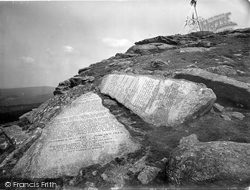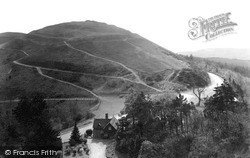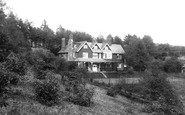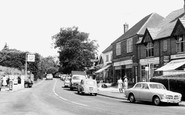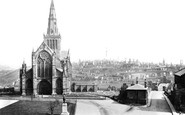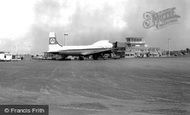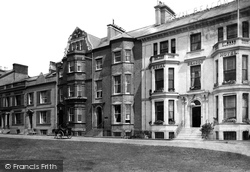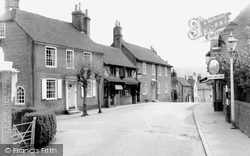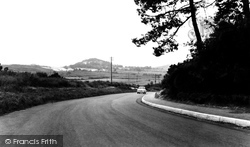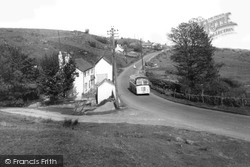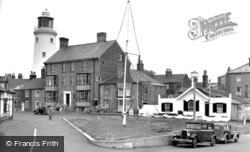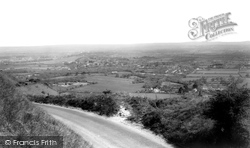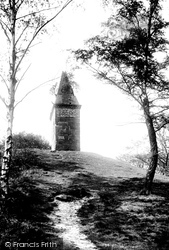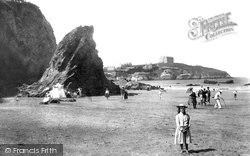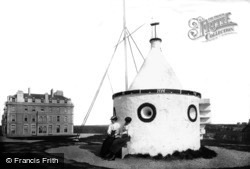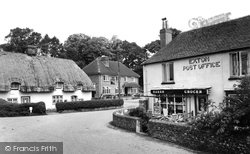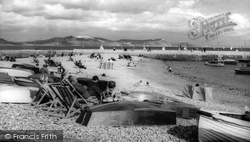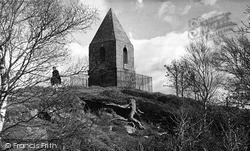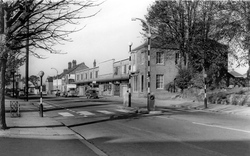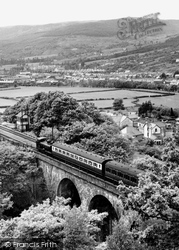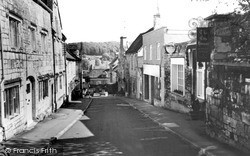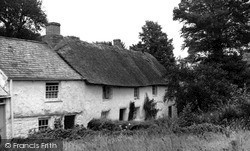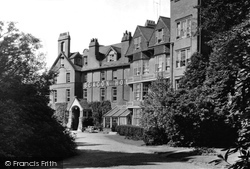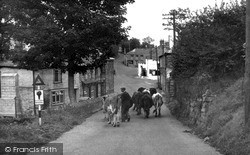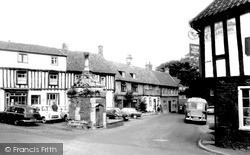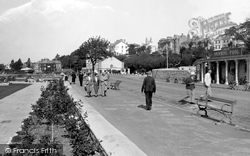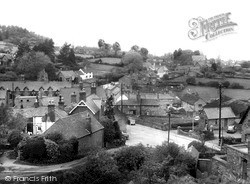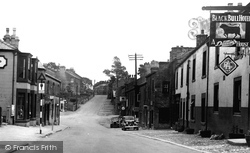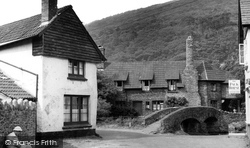Places
Sorry, no places were found that related to your search.
Photos
2 photos found. Showing results 1 to 2.
Maps
Sorry, no maps were found that related to your search.
Books
Sorry, no books were found that related to your search.
Memories
94 memories found. Showing results 1 to 10.
'goldcrest' On The A 287
I was evacuated from Battersea, South London, in 1944 to a large house named 'Goldcrest' on the Hindhead Road not far from Beacon Hill and have some happy memories of that time although as it was wartime everything seemed ...Read more
A memory of Hindhead in 1944 by
1960’s
I remember Stanford Dingley when the cottages existed opposite Dumbledore on Jennets hill, they used the water pump opposite. A fire destroyed the semi-detached house opposite where Casey Court now stands. There was a post office ...Read more
A memory of Stanford Dingley
1st Home
My parent's (and myself) first home - above Strattons shop - mother's maiden name as my mother's father & brothers were joint owners of the business. Head branch was in Beacon Hill where my mother was born. I myself was born not far away ...Read more
A memory of Churt in 1965 by
Barkingside Library
The library was adjacent to the swimming baths where I swam regularly. I understand that the glass in the library "beacon" needed to be replaced in favour of heat-deterring glass. But before that happened it could get stifflingly hot!
A memory of Barkingside in 1967
Barnt Green
I have very fond memories of Barnt Green. My sister went to Woodruff School between 1937 and 1942 and I was there between 1945 and 1948; my short stay was due to the Principle, Miss Jackson, deciding that she no longer wanted any ...Read more
A memory of Barnt Green in 1940 by
Beacon Hill
I lived in Beacon Hill Road at the Police House in the 1950s and played cricket for Hindhead C.C when I was about 14, such great days. I was also reserve organist at Beacon Hill Congregational Church where Miss Katherine Osborne ...Read more
A memory of Hindhead by
Bell Bain And Scott Lairs Necropolis
In the Necropolis, Section Omega are a number of family lairs containing the following family lines. The Bell Family Lair has the following inscription, James Bell, Printer, 1806 to 1883( James Bell, my Great, ...Read more
A memory of Glasgow in 1890 by
Bristol, Lulsgate Airport History
After the war, on April 14th 1946, flying training ceased, and Lulsgate Bottom was abandoned by the RAF in October. The airfield was used by Bristol Gliding Club during the next ten years, but the accommodation ...Read more
A memory of Bristol by
Bucks Mills
I have such wonderful memories of going to Bucks Mills and staying in Kings Cottage with my grandparents and family. I used to go over to see Mamie Braund who lived in the old house on the opposite side of the road from the ...Read more
A memory of Buck's Mills in 1956 by
Caldey Island
Caldey Island is situated about 1-2km south of Tenby on the Pembrokeshire coast. It has a small village but the main attraction is the monastery owned by the Reformed Order of Cistercian Monks. They lead a simple farming life but there ...Read more
A memory of Tenby by
Captions
136 captions found. Showing results 1 to 24.
Exmouth is Devon's oldest seaside resort, and this was reflected in the construction of several early and very prominent hotels.
A range of 16th-century houses and cottages descends the hill towards a central crossroads, notably Old Forge, Bowries and Ricksteddle.
The land to the right is now a housing estate, while a speed camera lurks around the bend!
In his 'A Shropshire Lad', the poet A E Housman opens with the words: 'From Clee to heaven the beacon burns, The shires have seen it plain . . .'
The single-storey white building was the Coastguard Station, built between 1884 and 1904. Beacon Cottage, to the left, takes its name from the beacon that preceded the lighthouse of 1890.
Now in the care of the National Trust, Ditchling Beacon was one of a chain of fires lit to warn of the Spanish Armada in 1588. Much earlier than that it was a hill fort.
Sited on a Bronze Age tumulus, the Beacon was built in Elizabethan times and was used at the time of the Armada to warn of the Spanish threat.
A range of 16th-century houses and cottages descends the hill towards a central crossroads, notably Old Forge, Bowries and Ricksteddle.
Overdressed holidaymakers in sun hats enjoy the sands in this view from Great Western Beach towards the Atlantic Hotel on the headland of the Beacon.
The Beacon, just south of the Atlantic Hotel (in the background) was once a Coastguard lookout. Its place is now occupied by the town war memorial, which incorporates the lookout in its structure.
The 1930s Shoe Inn can be seen between the post office and the thatched cottage.
Pebbles and sand extend below the Royal Standard; we look eastwards from deck-chairs, boats and canvas shelters to the North Wall of the harbour and the coast from Charmouth and Stonebarrow Hill to Golden
Built in 1719 on the site of earlier fire- signal stations, the Beacon stands almost 1,000ft above sea-level, commanding views of the Lakeland, Pennine and Shap Fells and Scottish mountains
Adjoining the Hollow, the main A47 becomes Wood Street. Today the scene is a lot more commercial. The four Belisha beacons have been replaced by their pelican equivalent.
A superb view of both the railway in the foreground, complete with steam engine, and the rolling hills beyond.
Most buildings are of the limestone that has for many years been quarried from nearby Painswick Beacon, so the town sits comfortably on the ground from which it comes.
Fortunately, there is no traffic as the farmer herds his small herd of cows in the middle of the road at the bottom of Town Hill beside the Peterville Inn.
Built in 1898 at a cost of £20,000, the Beacon Hotel boasted its own stables and livery school, and was an extremely popular establishment during the first three decades of the 20th century.
Fortunately, there is no traffic as the farmer herds his small herd of cows in the middle of the road at the bottom of Town Hill beside the Peterville Inn.
The town of Little Walsingham grew up to serve the many thousands of pilgrims that came to the priory; it has more early 17th-century houses than any other town in Norfolk.
The white building in the centre of the photograph is the Royal Beacon Hotel, and the hotel on the left, level with the flower beds, is the Channel View.
In walking country, the village, although undistinguished, is associated by local people with Newton Linford, Bradgate Park and Beacon Hill, or just as being on the back route from Leicester to Shepshed
There are two Benthams, High and Lower, and this view looks down Mount Pleasant from the village cross in High Bentham.
This view of Allerford's much photographed 15th-century packhorse bridge and ford looks much the same today. The guesthouse to the right now has a public bar.
Places (0)
Photos (2)
Memories (94)
Books (0)
Maps (0)


